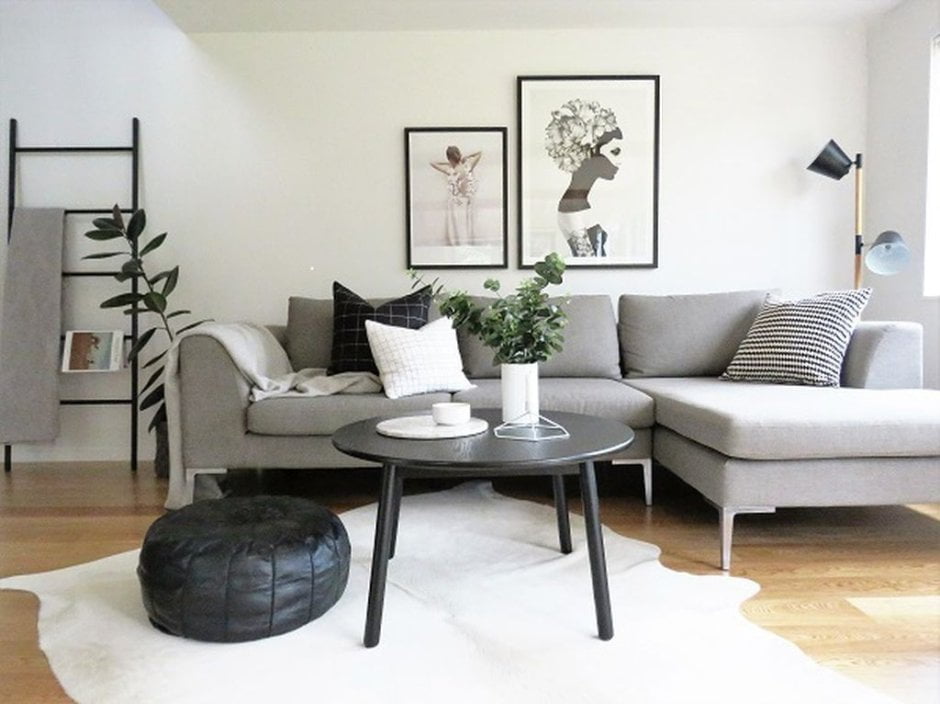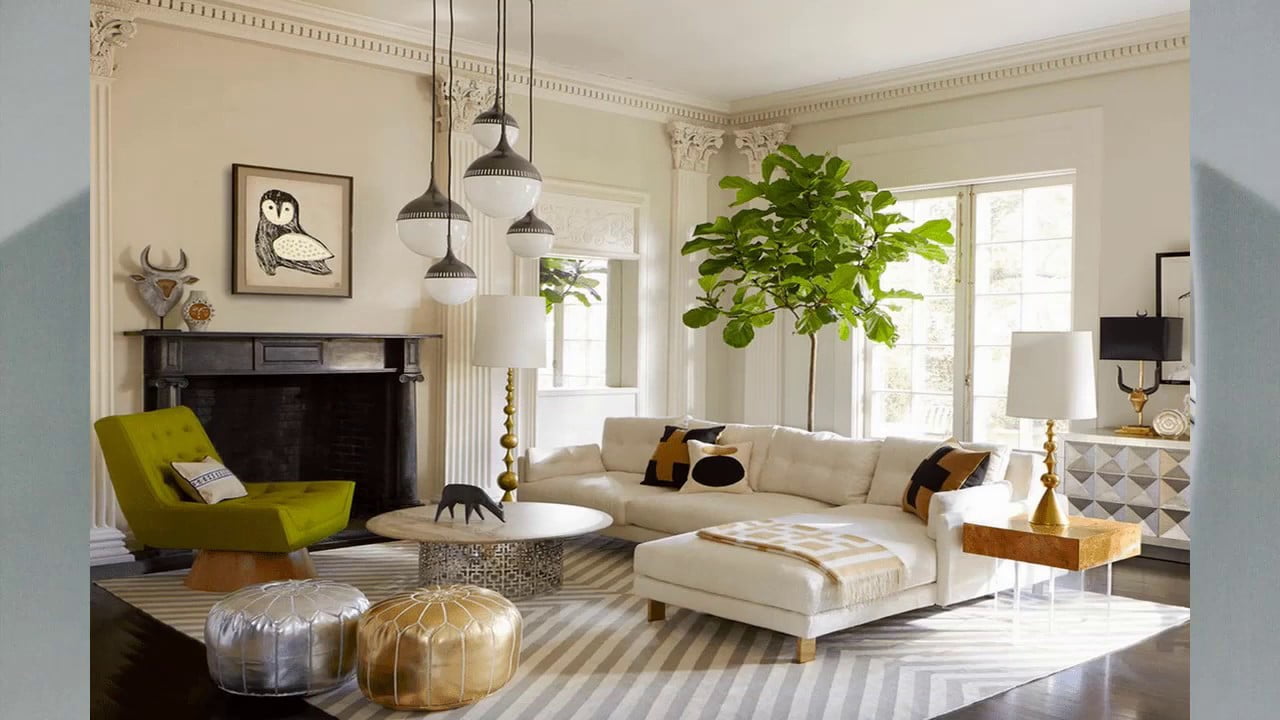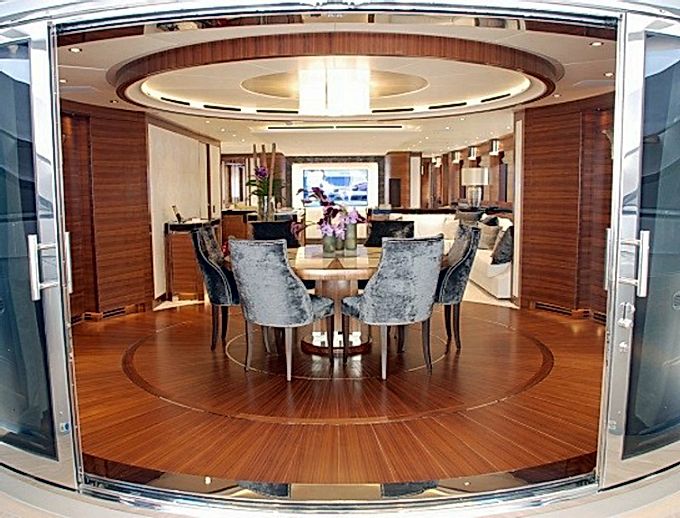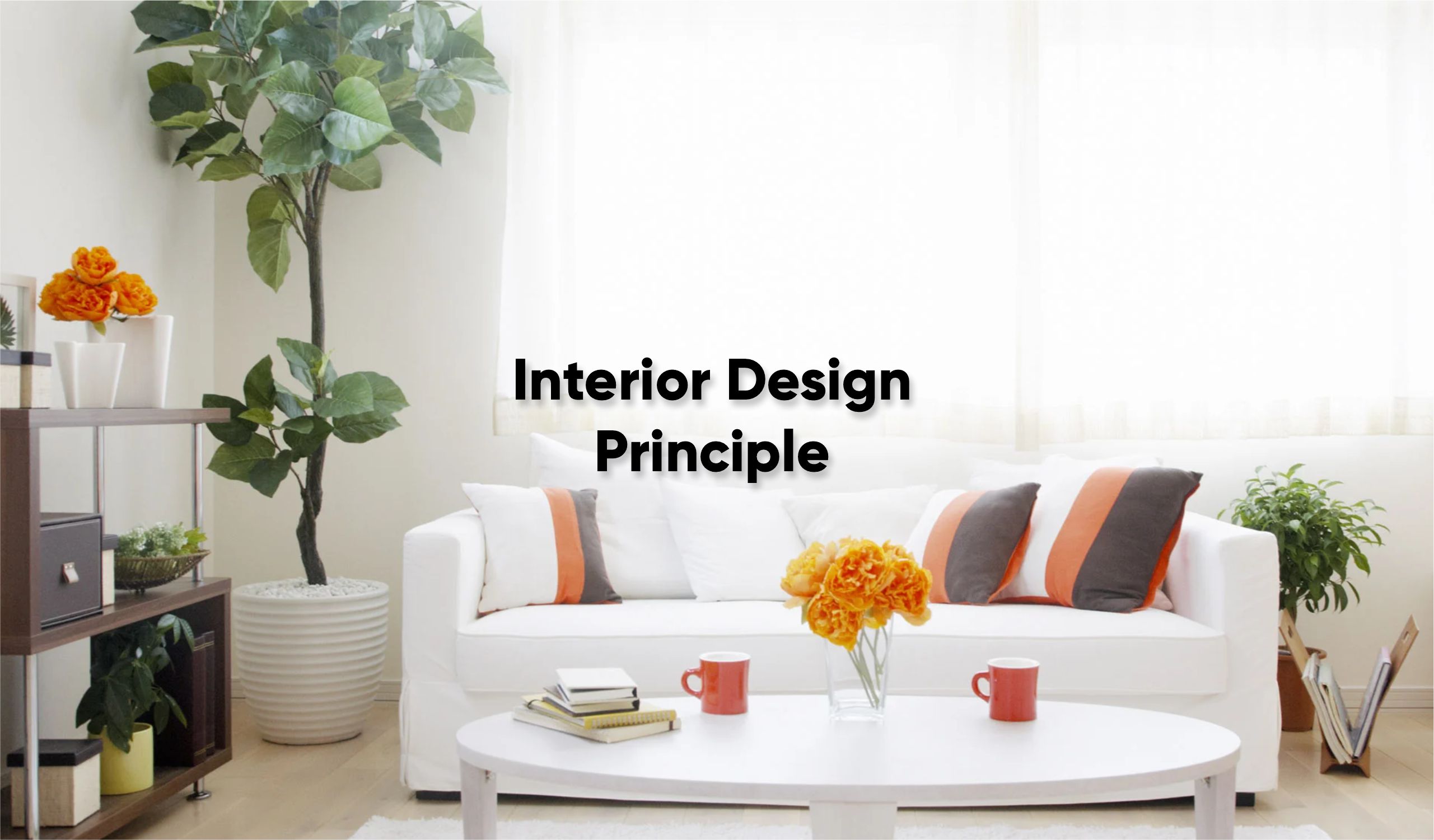When it comes to Interior Design, achieving a harmonious and visually pleasing space is of utmost importance. One key principle that plays a significant role in creating such an environment is balance. Balance in interior design plays a key role in establishing a serene atmosphere and fostering unity within a space.
Balance is a crucial principle in interior design that helps create a visually pleasing space. It involves arranging different elements in a way that none of them overpower each other. It involves skillfully combining colors, shapes, and textures that seamlessly blend together. Additionally, the placement of furniture also contributes to the overall balance and aesthetic appeal of a room.
A room feels calm, relaxing, and comfortable when it is well-balanced. However, if things are out of balance, it generates a feeling of unease and visual disharmony. In this blog post, we'll explain why balance is essential in interior design and provide practical tips on how to achieve it in your own space.
Types of Balance
1. Symmetry Balance

Symmetrical balance in interior design refers to an arrangement where elements are evenly mirrored or distributed around a central axis or point. It creates a sense of equilibrium and harmony, as both sides of the space appear identical or very similar. This type of balance often evokes a formal and traditional feel. Objects, patterns, and colors can be symmetrically arranged, creating a visually pleasing and cohesive aesthetic. Symmetrical balance brings a sense of order and stability to a room, promoting a calm and balanced atmosphere.
2. Asymmetrical Balance

Asymmetrical balance in interior design involves arranging elements in a way that achieves balance without mirroring them exactly. It relies on visual weight and scale rather than symmetry. Different objects with varying sizes, shapes, and colors are strategically placed to create a harmonious and balanced composition. Asymmetrical balance adds a sense of dynamic energy and interest to a space, making it feel more modern and informal. It encourages creativity and experimentation, allowing for unique and visually engaging design arrangements.
3. Radial Balance

Radial balance in interior design revolves around arranging elements in a circular or radial pattern, radiating outward from a central point. It creates a sense of harmony and equilibrium by distributing visual weight evenly in all directions. This type of balance often evokes a feeling of movement and energy. Examples include chandeliers, round tables, or circular patterns on rugs or wallpapers. Radial balance can serve as a focal point in space, drawing attention and creating a visually captivating and balanced environment.
Importance of Balance in Interior Design
1. Visual Harmony
Balance is crucial for achieving visual harmony in a space. It helps distribute visual weight evenly, creating a sense of equilibrium and stability. A well-balanced room feels comfortable and pleasant to the eye, enhancing the overall ambiance and allowing occupants to relax and enjoy their surroundings.
2. Establishing Order
Balance establishes a sense of order and organization within a space. It ensures that elements are appropriately arranged, preventing the room from feeling chaotic or overwhelming. By effectively distributing visual weight, balance allows for a clear hierarchy of design elements, guiding the viewer's eye and creating a cohesive composition.
3. Enhancing Functionality
A balanced interior design not only looks visually pleasing but also enhances the functionality of a space. By considering balance in the arrangement of furniture and objects, designers can ensure that the room is not only aesthetically pleasing but also practical and efficient. Properly balanced furniture layouts, for example, allow for easy circulation and comfortable usage of the space.
4. Creating a Sense of Comfort
Balance plays a significant role in creating a sense of comfort within a room. When elements are visually balanced, it promotes a feeling of stability and tranquility. Occupants feel at ease in a well-balanced space, as the arrangement of objects and furnishings appears purposeful and deliberate.
Why Use Balance in Interior Design
Emotional Impact
Balance in interior design promotes a sense of calm and serenity, positively impacting a person's well-being and emotional state. It creates a harmonious environment that can reduce stress and evoke feelings of comfort and relaxation. Balance helps to establish an emotional connection between the space and its occupants.
Enhancing Visual Interest
By incorporating balance, interior design becomes visually engaging and appealing. It captures attention and encourages exploration of the space, stimulating the subconscious mind and enhancing the overall aesthetic experience.
Flexibility & Adaptability
A well-balanced interior design allows for flexibility and adaptability over time. As styles and tastes evolve, a balanced space can easily be modified or updated without compromising its overall harmony. The distribution of visual weight provides a solid foundation for incorporating new elements or changing existing ones.

Conclusion:
Hence, balance serves as a crucial element in interior design, influencing the emotional well-being and visual interest within a space. By carefully considering the arrangement of colors, textures, and furniture, balance can create a harmonious environment that promotes relaxation and captivates the subconscious. Moreover, the flexibility and adaptability offered by balance ensure that the design remains relevant and enjoyable for years to come. Embracing the principle of balance allows for the creation of inviting and aesthetically pleasing interiors.
